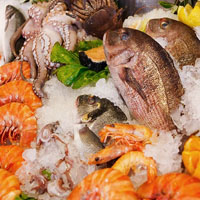 Smart Citations
Smart CitationsSee how this article has been cited at scite.ai
scite shows how a scientific paper has been cited by providing the context of the citation, a classification describing whether it supports, mentions, or contrasts the cited claim, and a label indicating in which section the citation was made.
Evaluation of seafood traceability system in Korea: demand-oriented analysis
The Korean government tried to secure food safety by revitalization of seafood traceability system since there has been growing dissatisfaction toward of food system related to seafood in Korea. This study examines the consumers’ perspective on seafood traceability system and the value of seafood traceability in Korea using contingent valuation method. The model includes preference and recognition of respondents for the seafood traceability system, and socio-demographic characteristics. The result of the model shows that respondents think positively about seafood traceability system and it is expected that approximately $44.94 million can be generated annually from the seafood traceability system. The result implies that it is necessary to promote the system in order to make this system known, the benefit of which is helpful in food safety.
Downloads
How to Cite
PAGEPress has chosen to apply the Creative Commons Attribution NonCommercial 4.0 International License (CC BY-NC 4.0) to all manuscripts to be published.

 https://doi.org/10.4081/ijfs.2020.9021
https://doi.org/10.4081/ijfs.2020.9021





